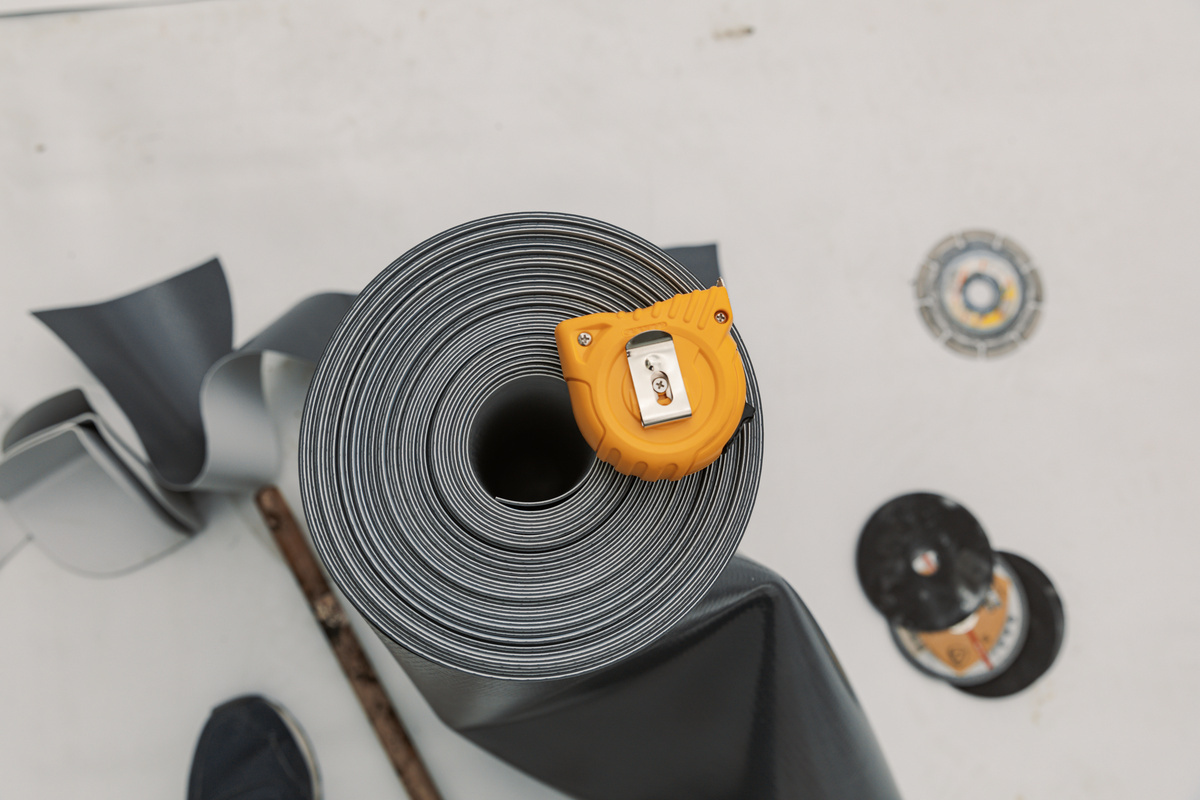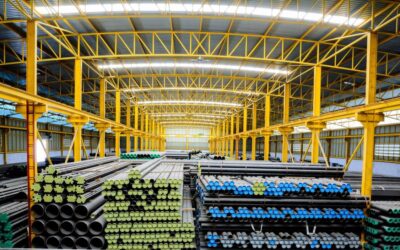All flat roof systems can experience problems. Each roof type has benefits and drawbacks. In this article, we are focused on TPO flat roof membranes, the most common problem experienced with them, and recommended solutions.
TPO is a Thermoplastic Polyolefin membrane. It is fully reinforced with a polyester mesh scrim and is heat-welded at the seams. TPO membranes are the newest roof membrane type to enter the US market and, as such, they have had some growing pains and been reformulated several times.
Most Common Problem
The most common problem with a TPO flat roof is its premature weathering and degradation.
Reinforced single-ply membranes have a top layer, a reinforcing layer, and a bottom layer. The top layer, or the ply above the scrim, is the wear layer. Similar to laminate flooring, you’re really buying the wear layer, not the overall thickness.
The top layer on some TPO membranes prematurely ages and gets thinner over time. Eventually, the top layer wears through and you see the reinforcing scrim.
Solutions
If you are at the point where the scrim is showing, it’s too late. At that point, the roof should be removed and replaced. If you are observing the top layer getting thinner, you should do a roof restoration with a roof coating system. The roof coating will stop the degradation because it will block the UV light that is breaking down the membrane.
Major manufacturers claim they have solved this aging problem with TPO. They base this claim on decelerated aging of membrane samples. But be aware that nothing replaces real field testing of TPO roofs that are in service now. In our experience, preliminary data with roofs that are in service and are about 10 years old looks promising. The membranes appear to be weathering much slower. More time will tell.











Add your first comment to this post